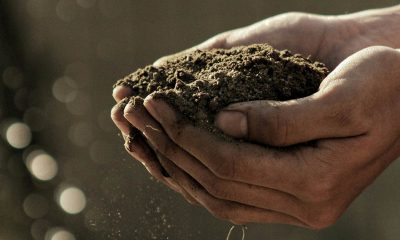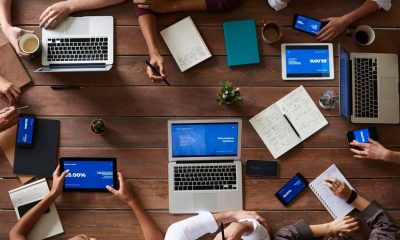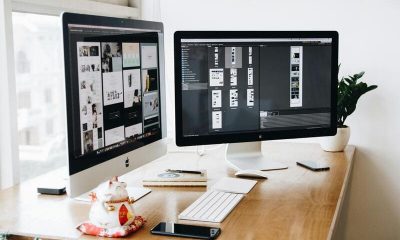Technology
What Are The Biggest Tech Fails of 2021?
Published
4 years agoon

This year was a mix of vaccine misinformation, random internet outages, and another T-Mobile data breach.
Most of us thought 2020 was the peak of challenges as the coronavirus pandemic shook the world. Several problems we encountered in 2020, ranging from misinformation to ransomware to QAnon, trailed a notch higher this year. And while technology continued to keep us informed and connected during this pandemic, it also complicated our lives. Things kept getting worse.
Here are the biggest tech fails of 2021:
Misinformation
It seems like a deja vu from 2020’s record. Misinformation was a serious problem last year. Whether it was dangerous and false conspiracy theories about vaccine dangers or the rise of QAnon, it’s gotten difficult to identify what’s real and what’s fake. The extent of anti-vaccine misinformation has led to delays in reaching the targets on vaccination rates stalling. Also, it results in worst cases sending more people to the ICU.
The blame falls to social media such as Facebook, YouTube, and Twitter. It is where conspiracy theories, false claims, and misinformation spread quickly.
Capitol riots
Trump’s speech wasn’t the only means that drove the angry mob to gather upon the Capitol, a violent act that even resulted in five deaths. Trump used Twitter and Facebook to push baseless accusations that the election was a fraud. Discussion of revolution exploded on traditional social media sites such as Parler, which went dark after the riots.
The clash led to Facebook and Twitter banning Trump from their platforms. Meanwhile, Facebook Chief Operating Officer Sheryl Sandberg took criticism for saying the US Capitol riot wasn’t “largely organized” on Facebook.
Facebook Rebranded to Meta
Facebook COO Sandberg pushing back against any involvement in the election-related riots was just a tip of the iceberg for Facebook. There were many criticisms regarding Facebook last year. There were issues with its Instagram for kids project. Likewise, there were allegations for whistleblower Frances Haugen that the company prioritized profits over containing a toxic platform full of hate and misinformation.
Amidst all of the controversy, Facebook held its annual virtual reality conference at which it rebranded itself, Meta. The pre-recorded event, which focused on the potential of a new metaverse, was not ideal in the middle of headlines about the company.
Supply Chain Crisis
We were shocked at the Ever Given cargo ship jammed in the Suez Canal. It was part of a much larger supply chain crisis that has resulted in shortages in everything from PlayStation 5 to tennis balls.
In addition, automakers have had to suspend car production because of the shortage of supply of lower-end chips that power most of the electronics in vehicles.
The disruption in the global supply chain and the impact of the pandemic will still be felt through 2022.
Activision Blizzard’s ‘frat boy’ culture
Maybe the only thing as bad as the revelation of the toxic culture at Activision’s Blizzard unit, with accounts of everything from sexual discrimination to rate, has been the mindless response by its leadership. Several issues arose after California’s Department of Fair Employment and Housing filed a case against the gaming giant.
Instead of confirming the allegations, Activision Blizzard pushed back through a staff email sent by Frances Townsend, Vice President for Corporation Affairs. But, the letter was drafted by CEO Bobby Kotick, who was reportedly aware of the concerns but failed to take action.
Now, employees and shareholders ask Kotick to resign, and Microsoft, Sony, and Nintendo have all condemned Activision’s behavior.
Internet outages
In June, the Fastly outage was when their cloud computing service provider suffered a glitch that almost shut down half the internet. It knocked out critical providers like Amazon.
Then, Facebook’s lousy year continued in October when it suffered its outage due to incorrect configuration, disconnecting the data centers from its various social networks.
T-Mobile data breach
T-Mobile suffered a massive data breach that disclosed the information of over 54 million people. It is getting worse, considering this is the company’s fifth hack in three years.
Tesla’s Full Self Driving rollout
The biggest tech fails of 2021 don’t stop with Elon Musk himself. Tesla’s long-promised Full Self Driving rollout remains unclear. For several years, Tesla buyers have been shelling out thousands of extra dollars for the promise of a self-driving car.
The billionaire space race
The race among billionaire CEOs Jeff Bezos, Richard Branson, and Elon Musk to be the first to get to space prompts the question: Why couldn’t you have spent your fortune helping people down here on Earth?
Read more of the biggest tech fails of 2021 here.
You may like
Business
Top 10 Public Relations Tools Every Entrepreneur Should Check Out
Published
3 days agoon
September 12, 2025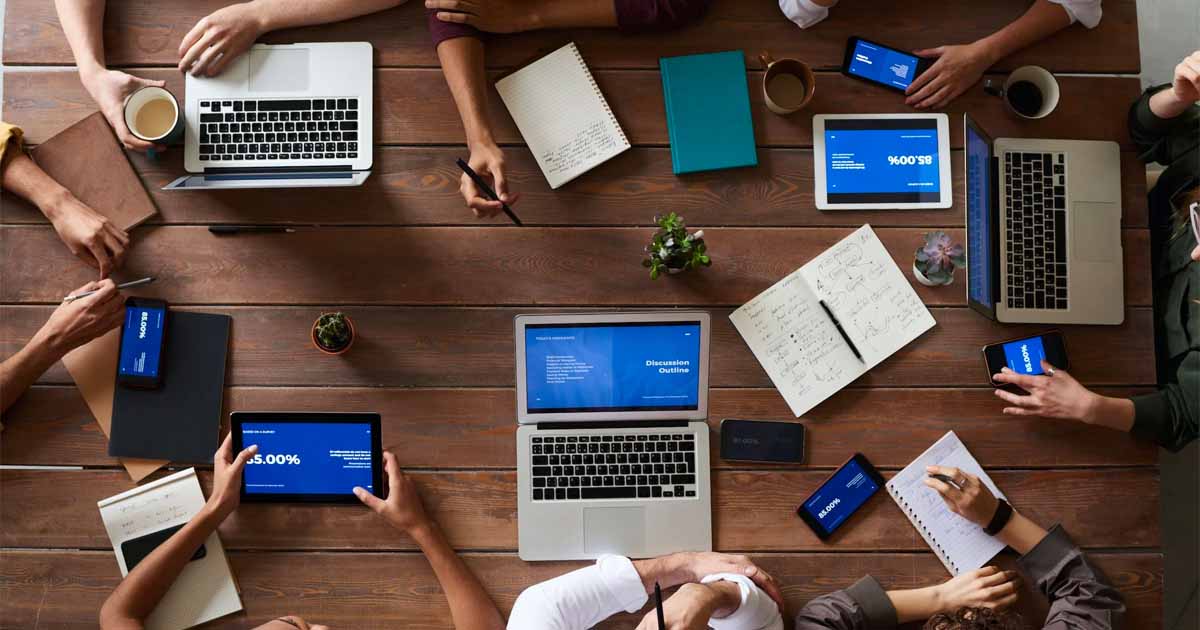
Any successful business requires public relations to establish and protect its image and reputation. Fortunately, in the digital world, there are many tools at an entrepreneur’s disposal. This article highlights the ten best public relations tools every entrepreneur should consider to communicate with their target audience and increase brand awareness.
1. HARO (Help a Reporter Out)

As its name suggests, Help a Reporter Out (HARO) is a platform connecting journalists with their stories’ sources. It also allows businesses, organizations, and individuals to share their expertise and insights. They can get in front of a wider audience by offering quotes, facts, and other information to journalists looking for sources for their articles.
By using HARO, entrepreneurs and PR professionals can get their brands in front of a large audience and improve their visibility, credibility, and reputation. It has a free plan aside from its paid ones, with subscriptions that start at $19 per month.
2. Ahrefs

Primarily known as an SEO tool, Ahrefs can also be used as a public relations tool. It provides a comprehensive analysis of a website’s backlink profile. It enables PR professionals and entrepreneurs to see who is linking to their websites. Plus, you’ll know what content is attracting the most links. Through Ahrefs, PR professionals can identify key influencers and potential media contacts in their industry and reach out to them for possible coverage.
Ahrefs can also be used to monitor competitors’ PR and marketing activities. This will provide valuable insights into successful PR strategies. The platform offers four premium plans with pricing that starts at $99 per month.
3. Google Alerts

A free, web-based tool, Google Alerts allows you to monitor mentions of specific keywords or phrases on the internet. This tool can be helpful for PR professionals and entrepreneurs as a way to keep track of their online reputation and brand mentions. By setting up Google Alerts for your brand, products, industry keywords, or even your competitors, you can receive email notifications whenever your specified keywords are mentioned online.
This helps PR professionals stay informed and promptly respond to negative mentions, track positive coverage, and share it with their audience.
4. BuzzSumo

If you need to get insights on what’s popular, viral, and being shared across the web, BuzzSumo is one of the public relations tools you need. It is a content analysis tool that helps PR professionals and entrepreneurs monitor their online presence. And they can reach their target audience effectively. It provides insights into viral content, competitor analysis, influencer identification, and performance metrics.
Its ability to track and measure the impact of PR and content efforts makes it a valuable tool for businesses looking to stay ahead of the competition. It offers a free plan, but its paid ones have pricing that starts at $99 per month.
5. PRWeb

Another valuable tool for PR professionals and entrepreneurs looking to promote their brands, products, and services is PRWeb. It is a PR distribution service that helps businesses and organizations reach their target audience and improve their online visibility.
PRWeb offers a wide range of distribution options, including national and local media outlets, social media, and industry-specific websites, ensuring that press releases reach the intended audience. You can choose from PRWeb’s four plans with subscription fees that start at $105 per month.
6. Respona

One of the most underutilized public relations tools you need to check out is Respona. It effectively helps organizations manage their media and public relations efforts. It provides a centralized platform for monitoring media mentions, conducting outreach to journalists, and measuring the impact of PR campaigns.
The tool includes email automation, press release distribution, and real-time media monitoring to help PR professionals streamline their work and communicate more effectively with their audience. It offers a free trial, but if you want to continue using it, pricing starts at $99 per month.
7. Coverage Book

If tracking and showcasing your media coverage is a priority, Coverage Book is the public relations tool for you. It provides a platform for organizing and presenting media coverage from online and offline sources, including press releases, articles, and social media mentions. It also includes analytics to measure the impact of PR campaigns and provide insights into the performance of media outreach efforts.
Coverage Book is designed to help PR teams demonstrate the value of their work to internal stakeholders and clients. This is a good investment, with prices ranging from $99 to $599.
8. Business Wire

A news distribution service and PR tool, Business Wire is used by organizations to distribute press releases and other news content to media outlets and stakeholders. It provides a platform for organizations to reach a global audience through distribution to a vast network of media outlets and websites, including major search engines, news databases, and social media platforms.
Business Wire is a paid service with varying costs based on distribution and features needed. It offers different packages available to meet the needs of various organizations.
9. NinjaOutreach

A public relations tool that offers a platform for simplifying your outreach efforts and building relationships with journalists, bloggers, and other influencers. NinjaOutreach provides email outreach automation, influencer database search, and analytics to track PR campaigns. It saves time and effort by automating repetitive tasks and providing insights into effective audience outreach.
The tool is designed to help organizations improve their media coverage and build relationships with key influencers. Pricing ranges between $389 and $849 per month.
10. SourceBottle
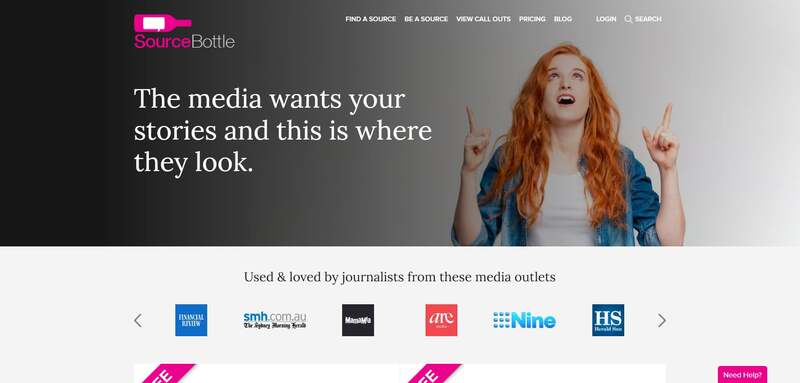
A journalism tool that doubles as a public relations tool is SourceBottle. It connects journalists and bloggers with experts, sources, and content for their stories. It provides a platform for experts, organizations, and individuals to offer their expertise and resources to journalists looking for references and information.
SourceBottle also offers analytics to track the success of PR campaigns and provide insights into media outreach efforts. The service fee is based on the desired features and the number of journalists and bloggers to be reached. But for starters, you need to create an expert profile for a monthly cost of $25.
Final Thoughts
The world of public relations is constantly evolving. Entrepreneurs must stay up-to-date with the latest tools and technologies to get their messages and stories in front of their target audience. The public relations tools discussed in this list are some of the best in the industry and offer a range of features and capabilities to meet the needs of different types and sizes of organizations.
Technology
Top 10 Shipping Software Options for Businesses
Published
1 week agoon
September 5, 2025By
Carmen Day
As a small business owner, shipping logistics and order management can become a hassle. With fluctuating fees based on size and location, keeping track of everything can take a lot of time and effort. That’s why new entrepreneurs should consider purchasing an automated shipping software system.
Getting shipping software is a great way for you to increase efficiency and save time and energy. Instead of doing everything manually or relying on an outside service, you can get your end-to-end shipping needs taken care of without breaking as much of a sweat. In addition, by integrating the service with your site, you can forget about orders once sent out and set it and forget it.
Yet if you’re new to the industry, it may be challenging to navigate your options. That’s why we’re here to provide you with the top 10 best shipping software for e-commerce.
1. Shipstation
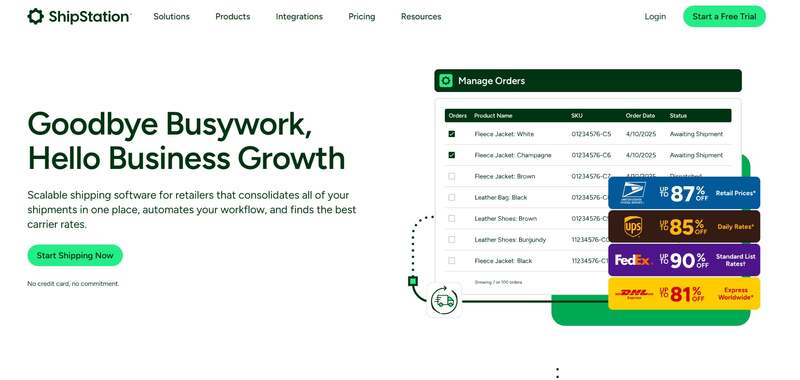
Shipstation is an affordable and multi-carrier shipping software that is best for small businesses. Customers can switch between companies to get the best value for their money. In fact, here, people can set an automated feature that selects the cheapest option every time. Shipstation integrates with Amazon, UPS, FedEx, DHL, and USPS. Their shipment rates start at $9.99 per month for 50 shipments.
2. ShipTime

Meanwhile, if you’re looking to ship items that are big and small, ShipTime is well known for its parcel shipping methods. It partners with FedEx, GLS, Canada Post, DHL, and more. The company also provides discounted insurance as well as branded tracking to make sure you receive your packages securely. Finally, Shiptime integrates with popular e-commerce platforms like Shopify, WooCommerce, Etsy, and more.
3. Sendcloud
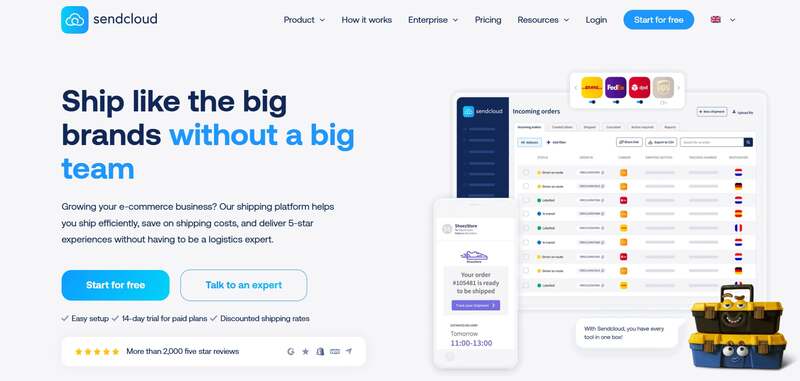
Just like ShipTime, Sendcloud is great shipping software for small business owners. The company offers after-sales support by providing affordable integrations to many e-commerce sites. Sendcloud also minimizes the fuss around order label printing by filling out the shipping details for you. You don’t need a whole lot of knowledge about shipping, setting up and getting started is incredibly easy here.
4. Freightview

On the other hand, if you are looking for a supply chain management solution, you’d want to know more about Freightview. Their platform allows users to compare rates, track orders, and schedule pickups. However, its best feature is that it creates a bill of landing contracts, and you’ll also be allowed to negotiate rates with your carrier through the platform. Freightview comes at a higher cost than most competitors at $99 a month.
5. ShippingEasy
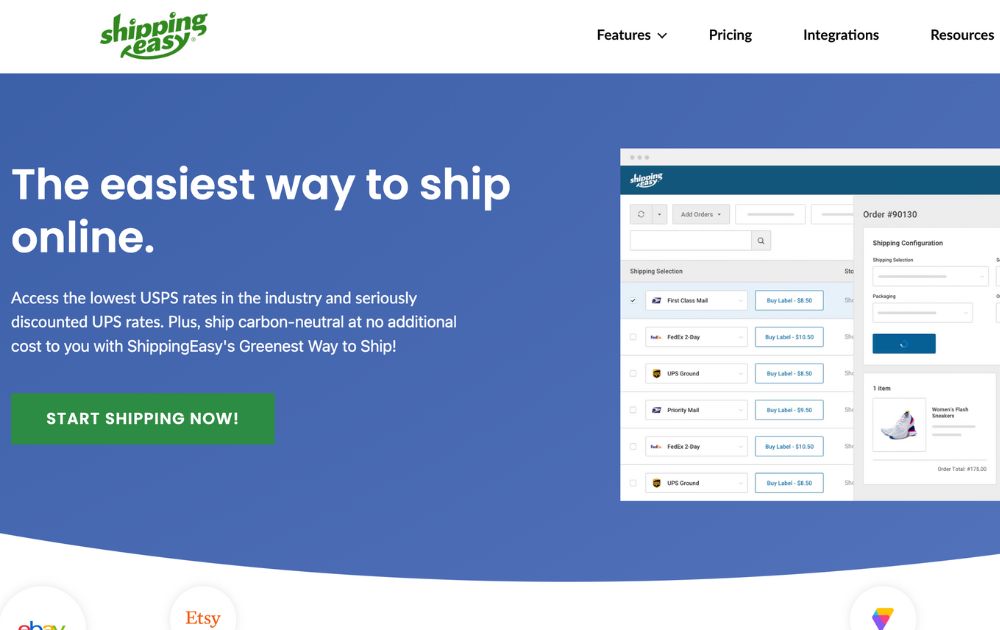
If you want to prioritize your customers, you can take a look at ShippingEasy and its award-winning customer support. Aside from this, their best edge is that it promotes carbon-neutral shipments at no extra cost—which is an option your buyers might want for themselves. Finally, ShippingEasy has a free package that gives you 25 shipments a month. Meanwhile, their paid plans start at $20 with under 200 shipments a month.
6. Shipsy

Shipsy is best for brands that ship globally, as their handle end-to-end logistics support using their platform that runs on AI. This company puts a premium on visibility, so you can see the prices of exporters, importers, and third-party logistics providers using their dashboard. Aside from that, you can also get analytics from your shipments and avail live location tracking.
7. EasyPost
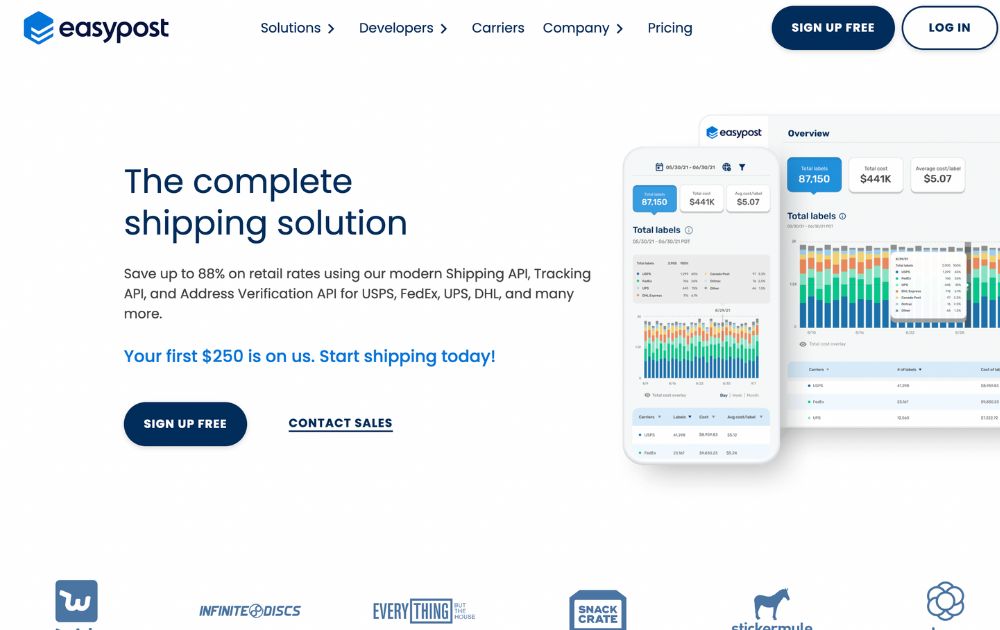
EasyPost is yet another affordable and reliable shipping solution. You can get special discounted rates when you carry with DHL, UPS, USPS, and more. But that’s not all. They also offer over a hundred carriers to fit your needs. Aside from that, they also offer green shipping through their carbon-neutral option. In short, EasyPost also lets you print labels, track packages, and ensure your customers’ shipments are in one place.
8. ShipWorks
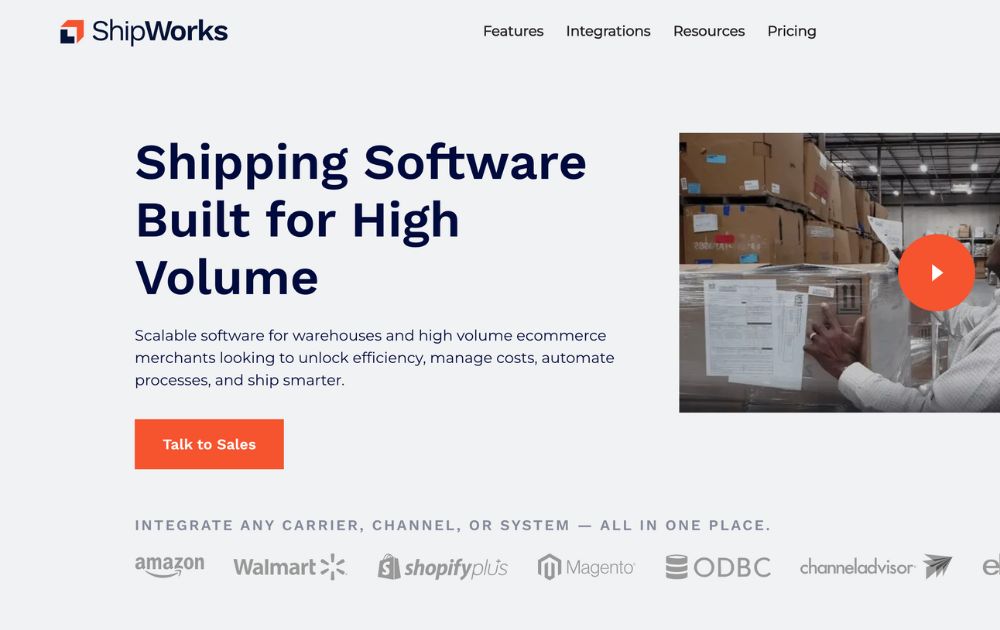
ShipWorks, on the other hand, works best for high-volume sellers. If you’re a warehouse or an in-demand e-commerce merchant with multiple locations, you can take advantage of ShipWorks’ huge shipment capacity. Because while most only cover 5,000 shipments a month, ShipWorks handles over 10,000 shipments a month. You can get started with their warehouse essential plan starting at $349 a month with 12,000 shipments.
9. ClickShip

ClickShip isn’t that different as compared to other trusted software. It offers transparent pricing, exclusive shipping discounts, and web integrations for users. However, one standout is its package optimization feature that suggests to its users which packaging works best for a certain shipment. This small add-on may be the solution you’re looking for to save time. Their starter pack costs $9 a month.
10. Shippo

Meanwhile, Shippo is another multi-carrier software that tracks shipments and creates order labels for you. It’s a trusted solution by over 100,000 businesses in the e-commerce sector. Plus, they offer email and live chat support to ensure your customers are getting their shipping problems taken care of. You can get a professional plan at $10 and it comes with carrier discounts.
How to choose the right shipping solution for you
Before making the jump to buy shipping software, you want to make sure that all their services are right for you. After all, there are many types of shipping software companies that provide different services depending on your industry. Just as in choosing a POS system for small business, you need to make sure that you’re selecting one that satisfies your venture’s unique needs.
For instance, small businesses may opt for multi-carrier shipping software to integrate with different carriers. But, if your needs lean toward the global market, you may want to check international shipping software that caters to freight management and forwarding.
Another factor to consider is the company’s customer support. How does the company handle lost parcels or unclaimed items? Your shipping software should make it easy and accessible to buy from your store. Make sure you allot some time to read through their policies and how they solve problems.
Finally, consider how many carrier options you’re offering to your customers. People are looking for the best deals all the time, so be sure to stay updated on the latest industry carriers you can integrate with. Also, be mindful of exclusive prices and sales deals too, as some companies offer shipping software free discounts.
Technology
Top 10 Pet Tech Products That Redefine How We Care for Pets
Published
2 weeks agoon
September 5, 2025
Pet parents know the responsibilities that come with caring for their furry children. And that some of them would wish they could understand their fur babies. Pet tech is available on the market to make their lives easier.
But some pet tech that may leave a dent in your wallet, and you’re probably better off with all your current tools in caring for, grooming, or understanding your pets.
Here are the top 10 pet tech ideas that raise eyebrows or make you say, “take my wallet!”
1. Tractive Dog and Cat Collars

Tractive offers health monitoring and GPS for pets. It prides itself on being the top player within its niche, with its device now capable of monitoring a pet’s vital signs. In fact, it can track a dog or a cat’s heart and respiratory rates. It can also send you smart alerts, including update about changes in sleep and activity.
2. Furbo 360° Dog Camera

Furbo 360° Dog Camera allows you to take care of your pet when you’re not at home. This camera and treat dispenser in one offers a full rotating view and treat tossing. It’s a perfect gadget for any one who wants to stay connected with their fur babies at all times.
3. SureFlap Microchip Pet Door Connect

SureFlap Microchip Pet Door, meanwhile, offers an app-controlled microchip door. This device ensures that only your pets get inside your home with the use of your pet’s RFID collar or microchip. To complement the device, this product comes with an app that lets you monitor your pet when they pass through the door and also allows you to lock or unlock the door remotely.
4. Lavviebot S
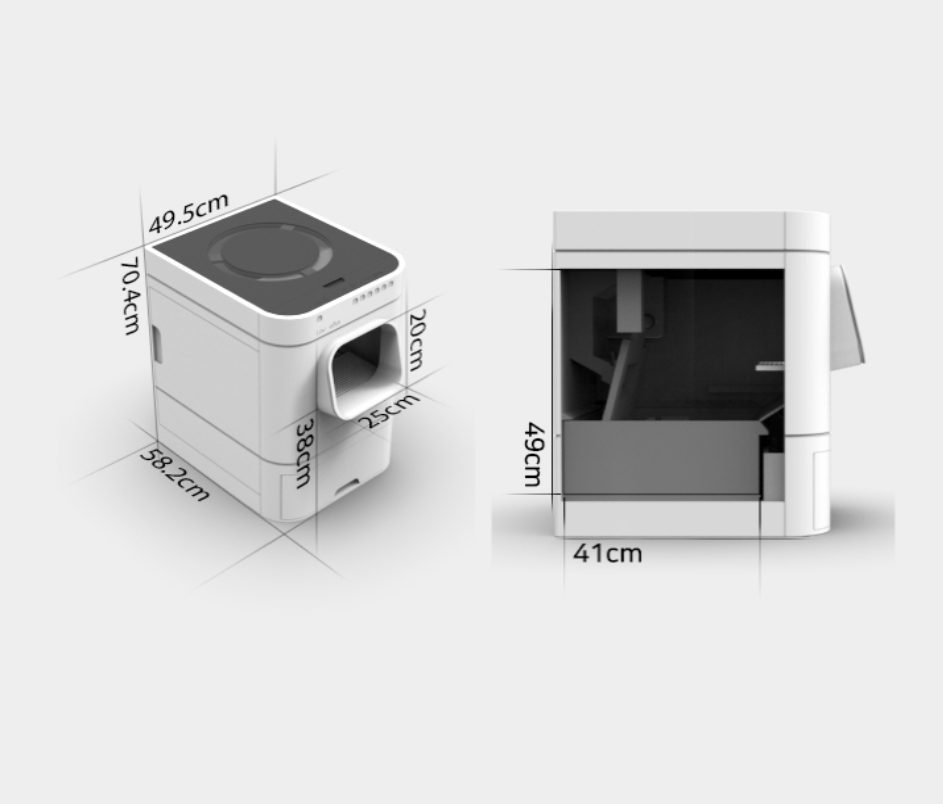
The Lavviebot S made it to this top 10 pet tech list. But this one doesn’t warrant any eyebrow raises, though, and it’s somewhat useful for cat parents. The Lavviebot S will reduce the amount of cleaning you need with an ordinary litter box. Plus, the Lavviebot S will send you an alert when your fur baby has done its business. This one’s not ALL that bad.
5. Petcube Bites
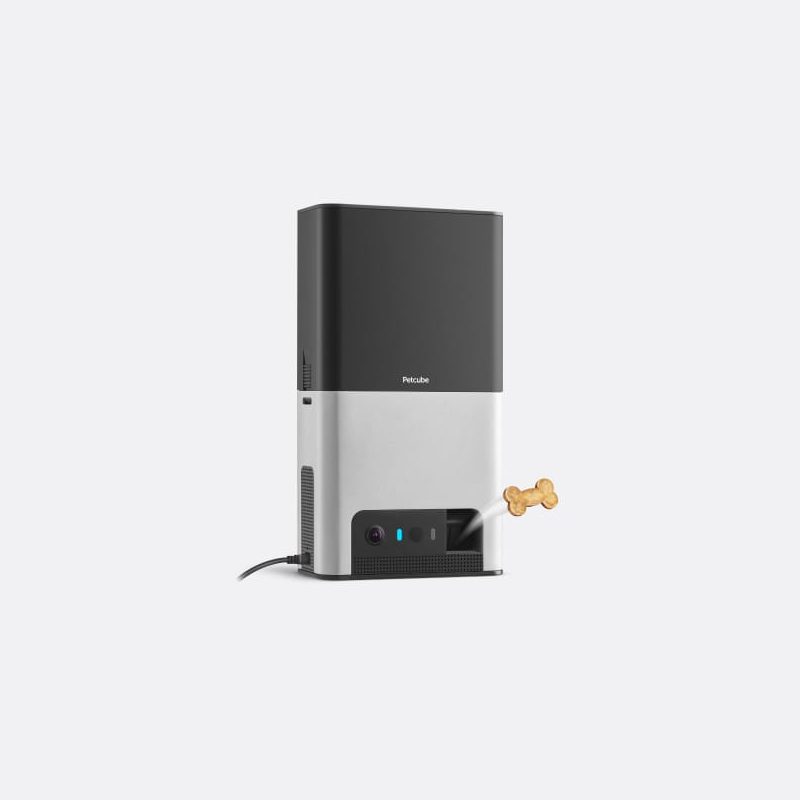
Here’s one cool pet tech you might want to consider buying. The Petcube Bites will help you feed your dog while you’re away. And when you’re not at home, you can even talk to your fur babies through the device. Pretty neat, right?
6. Catit Automatic Cat Drinking Fountain

Hydration tech has grown over the years, with pet owners putting a premium on hydration to help prevent health issues. That said, the Catit Automatic Cat Drinking Fountain helps pet owners track their furbaby’s water intake. It also sends a notification when the water is low, making it a good addition to essentials when adopting a cat.
7. Halo Collar 3

For fur parents who want to provide both freedom and safety, the Halo Collar 3 is a nice gadget to have. This divide creates a virtual fence without physical barriers, allowing the user to track pets’ locations in real time. It also lets pet owners set safe zones and set up training features built into the collar.
8. Puppod Interactive Dog Game
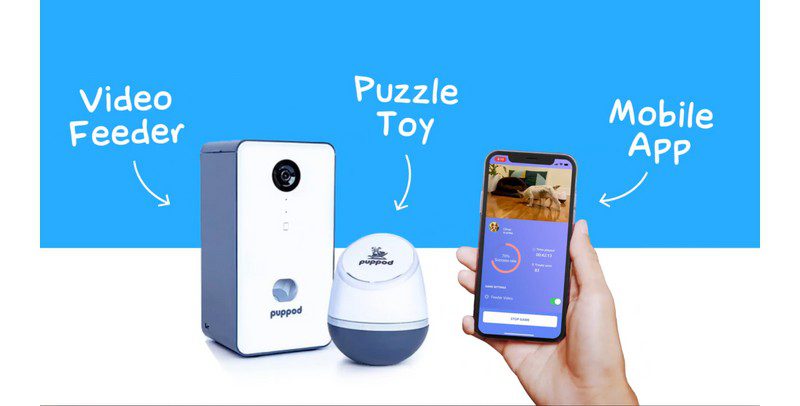
One way to bond with your dog is to play games with them. The Puppod Interactive Dog Game helps you do that. But you might wonder, do you need a device to play with them? Well, this one does have the upper hand over traditional pet games since this could train your dogs. It’s one of the best top 10 tech you might want to consider buying.
9. Treat Launcher
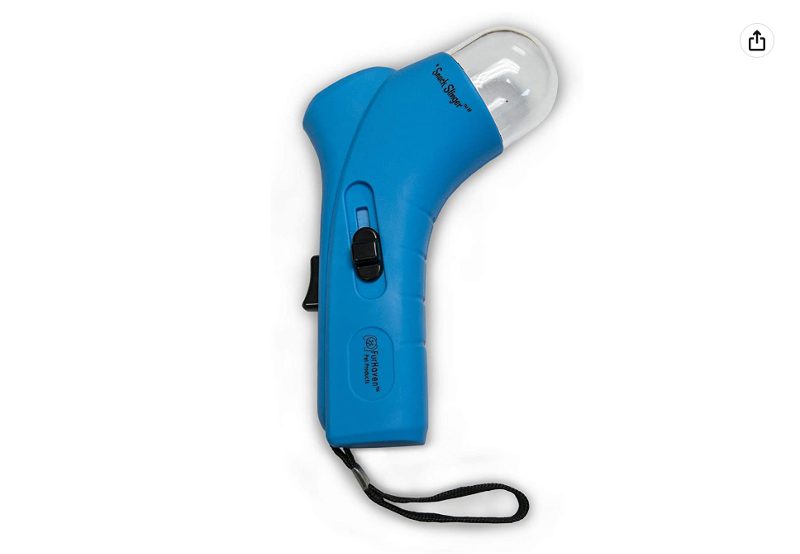
If the Petcube Bites are a hit, the Treat Launcher doesn’t seem like it is. The treat launcher can be a great trick to see how high your dog can fly and catch the treats mid-air. However, Amazon users have reported that there have been issues loading the treats. Well, it’s best to stick with the old-fashioned way of giving treats to your furry buddies: your hands.
10. iFetch
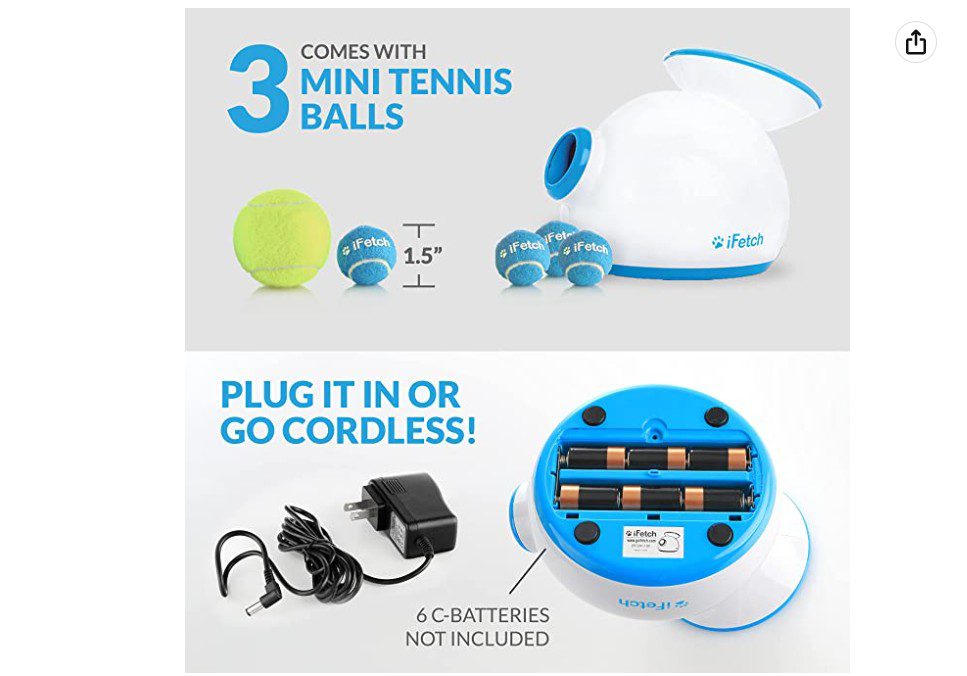
We’re on the fence with this one. Playing fetch with your dogs is one way to bond with them. But the iFetch may take that element out of your day. Sure, you can do other things while your dog or dogs might have fun with the iFetch, but many customers on Amazon have noticed that it only lasted a few months, and it might be dangerous for your fur babies too.

Top 10 Public Relations Tools Every Entrepreneur Should Check Out

What the Hell Was Magic Dirt? The Black Oxygen Organics Hoax

Unlimited Graphic Design Companies Of 2025 + Promo Codes (Updated)

What’s the Best Creative Design Company for you?

What’s the Best Subscription-Based Graphic Design Service in 2025?

What’s the Best Unlimited Graphic Design Services Agency in 2025?

Top 10 Shipping Software Options for Businesses

Unlimited Graphic Design Companies Of 2025 + Promo Codes (Updated)

Top 10 Pet Tech Products That Redefine How We Care for Pets

What the Hell Was Magic Dirt? The Black Oxygen Organics Hoax

Is This Business an MLM? The Color Street Reviews

Top 10 Public Relations Tools Every Entrepreneur Should Check Out

Top 10 Shipping Software Options for Businesses

Top 10 Customer Service Software Tools Every Business Needs Today
Trending
- Business4 days ago
Unlimited Graphic Design Companies Of 2025 + Promo Codes (Updated)
- Lifestyle4 days ago
What the Hell Was Magic Dirt? The Black Oxygen Organics Hoax
- Business3 days ago
Top 10 Public Relations Tools Every Entrepreneur Should Check Out
- Business5 days ago
What’s the Best Creative Design Company for you?


